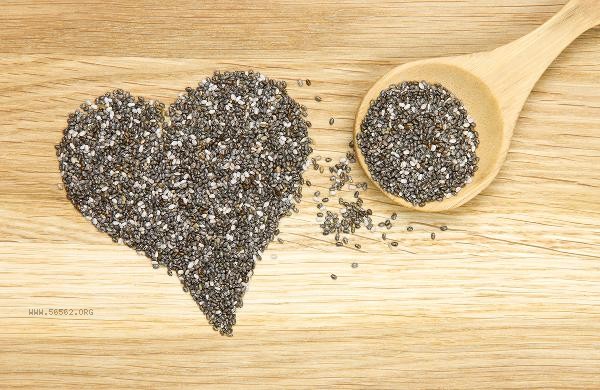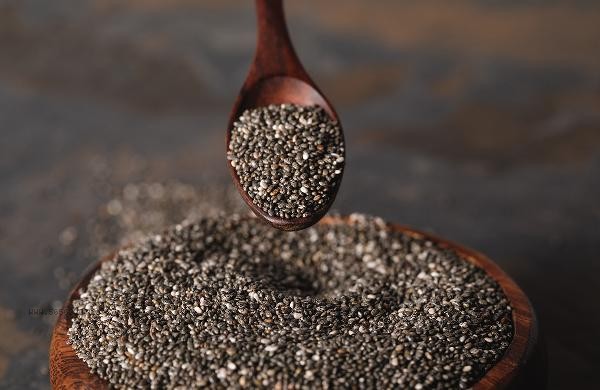Dried seaweed purchased from supermarkets generally does not require cleaning and can be directly used for cooking. Dried seaweed undergoes high-temperature drying and ultraviolet sterilization treatment during processing, meeting food safety standards. If you are concerned about residual impurities, you can quickly rinse with cold water and drain the water. The production process of dried seaweed includes multiple steps such as cleaning, chopping, dehydration, and drying. Most of the sand particles and marine microorganisms have been removed before leaving the factory. Modern factories use automated assembly lines, resulting in a lower probability of contact between seaweed and foreign objects. The surface of fully packaged dried seaweed may have a small amount of seawater crystals attached, which are harmless to the human body and can actually supplement trace elements. Directly shredding and making soup or cold dishes can maximize the retention of iodine, calcium, and dietary fiber in seaweed. A small number of loose or damaged packaged dried seaweed may pose a risk of contamination during transportation and storage. This type of product shows obvious dust or odor, and needs to be received by a filter and rinsed with flowing water for 10 seconds. Excessive rinsing can cause the loss of umami substances, and water temperatures exceeding 60 degrees can damage the crispy and tender taste of seaweed. The traditional practice in coastal areas is to lightly mix seaweed with sesame oil, which can kill bacteria and enhance flavor.

It is recommended to choose sealed packaging products with SC certification for daily consumption of dried seaweed. After opening, they should be sealed and stored against moisture. Seaweed is rich in riboflavin and taurine, making it suitable for pairing with tofu and eggs to promote nutrient absorption. Consuming 20-30 grams per week is sufficient to meet iodine needs, and patients with thyroid diseases should consult a doctor to adjust the dosage. Before cooking, observe whether the seaweed has mold or discoloration. Any abnormal products should be discarded.










Comments (0)
Leave a Comment
No comments yet
Be the first to share your thoughts!